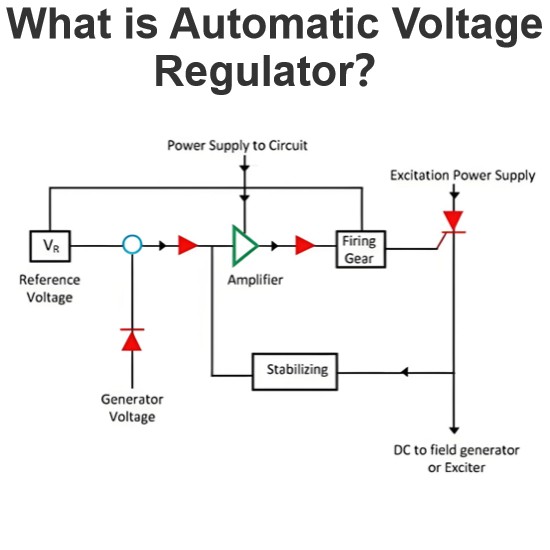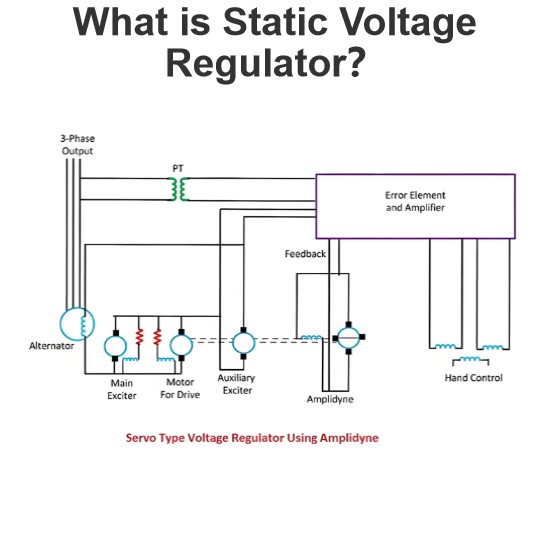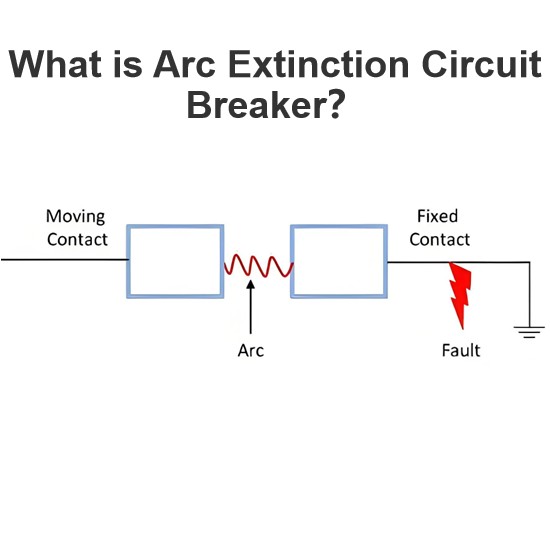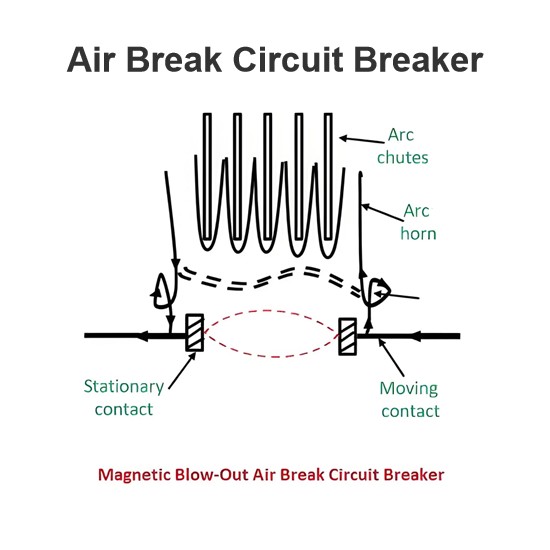How does impregnating varnish protect electrical windings from moisture and heat?
How Impregnating Varnish Protects Electrical Windings from Moisture and High Temperatures
Impregnating varnish (also known as impregnating coating or impregnating resin) is used in electrical equipment to protect windings from moisture, high temperatures, and other environmental factors. Below are the specific mechanisms and properties through which impregnating varnish provides this protection:
1. Moisture Resistance
Moisture is one of the primary causes of damage to electrical windings, leading to insulation failure and corrosion. Impregnating varnish provides moisture protection through the following ways:
Barrier Formation: The varnish forms a continuous and uniform protective film on the winding surface, preventing moisture and humidity from entering the winding interior.
Gap Filling: The varnish can penetrate into the small gaps and spaces between windings, filling these voids and reducing the likelihood of moisture ingress.
Low Water Absorption: High-quality impregnating varnishes have low water absorption rates, effectively preventing moisture absorption even in high-humidity environments.
2. Heat Resistance
High temperatures accelerate the aging of insulation materials and can lead to insulation failure. Impregnating varnish provides heat resistance through the following mechanisms:
High Temperature Ratings: Different types of impregnating varnishes have different temperature ratings (such as Class H, Class F, etc.). Selecting a varnish suitable for the operating temperature range ensures long-term stable performance at high temperatures.
Thermal Stability: High-quality varnishes exhibit good thermal stability, resisting decomposition or degradation at high temperatures and maintaining mechanical strength and electrical insulation properties.
Heat Dissipation: Some impregnating varnishes also have good thermal conductivity, helping to dissipate heat generated by the windings, thereby reducing the risk of localized overheating.
3. Enhanced Mechanical Strength
In addition to moisture and heat protection, impregnating varnish enhances the mechanical strength of windings, improving overall durability:
Bonding Effect: The varnish forms strong bonds between winding coils, increasing the overall rigidity and resistance to vibration, thus preventing damage caused by vibration or mechanical impact.
Wear Reduction: The protective layer formed by the varnish reduces friction and wear between windings, extending the lifespan of the equipment.
4. Electrical Insulation Properties
Impregnating varnish not only provides physical protection but also enhances the electrical insulation properties of windings:
High Dielectric Strength: High-quality impregnating varnishes have high dielectric strength, maintaining excellent insulation performance under high voltage conditions, preventing leakage currents and short circuits.
Uniform Electric Field Distribution: The varnish evenly distributes over the winding surface, helping to uniformly distribute the electric field and reduce the occurrence of partial discharges and corona effects.
5. Chemical Stability
Impregnating varnishes generally have good chemical stability, resisting erosion by various chemicals:
Chemical Resistance: The varnish can resist common industrial chemicals (such as acids, alkalis, oils, etc.), ensuring that windings operate normally in harsh environments.
Oxidation Resistance: Some impregnating varnishes have excellent oxidation resistance, maintaining their physical and electrical properties unchanged over long periods of use.
6. Application Characteristics
The application process of impregnating varnish also significantly affects its final performance:
Vacuum Pressure Impregnation (VPI): This is a commonly used impregnation technique where vacuum and pressure ensure that the varnish penetrates deeply into every corner of the winding, ensuring complete coverage and filling.
Dip Coating: Suitable for small motors and transformers, this method involves dripping the varnish onto the winding surface to achieve an even coating.
Roll Coating: Suitable for large equipment, this method involves rolling the equipment to ensure the varnish is evenly distributed over the entire winding.
7. Application Examples
Impregnating varnishes are widely used in various electrical equipment, such as motors, generators, and transformers. Specific applications include:
Motor Windings: Used to protect the stator and rotor windings of motors, preventing damage to winding insulation from moisture and high temperatures.
Transformer Windings: Enhances the insulation performance of transformer windings, especially important for transformers operating under high voltage and high temperature conditions.
Generator Windings: Protects the stator and rotor windings of generators, ensuring reliability and safety during prolonged operation.
Summary
Impregnating varnish protects electrical windings from moisture and high temperatures by forming a waterproof barrier, enhancing heat resistance, improving mechanical strength, and optimizing electrical insulation properties. Proper selection and application of the right impregnating varnish are crucial for extending the lifespan and improving the reliability of electrical equipment.
The Electricity Encyclopedia is dedicated to accelerating the dissemination and application of electricity knowledge and adding impetus to the development and innovation of the electricity industry.













